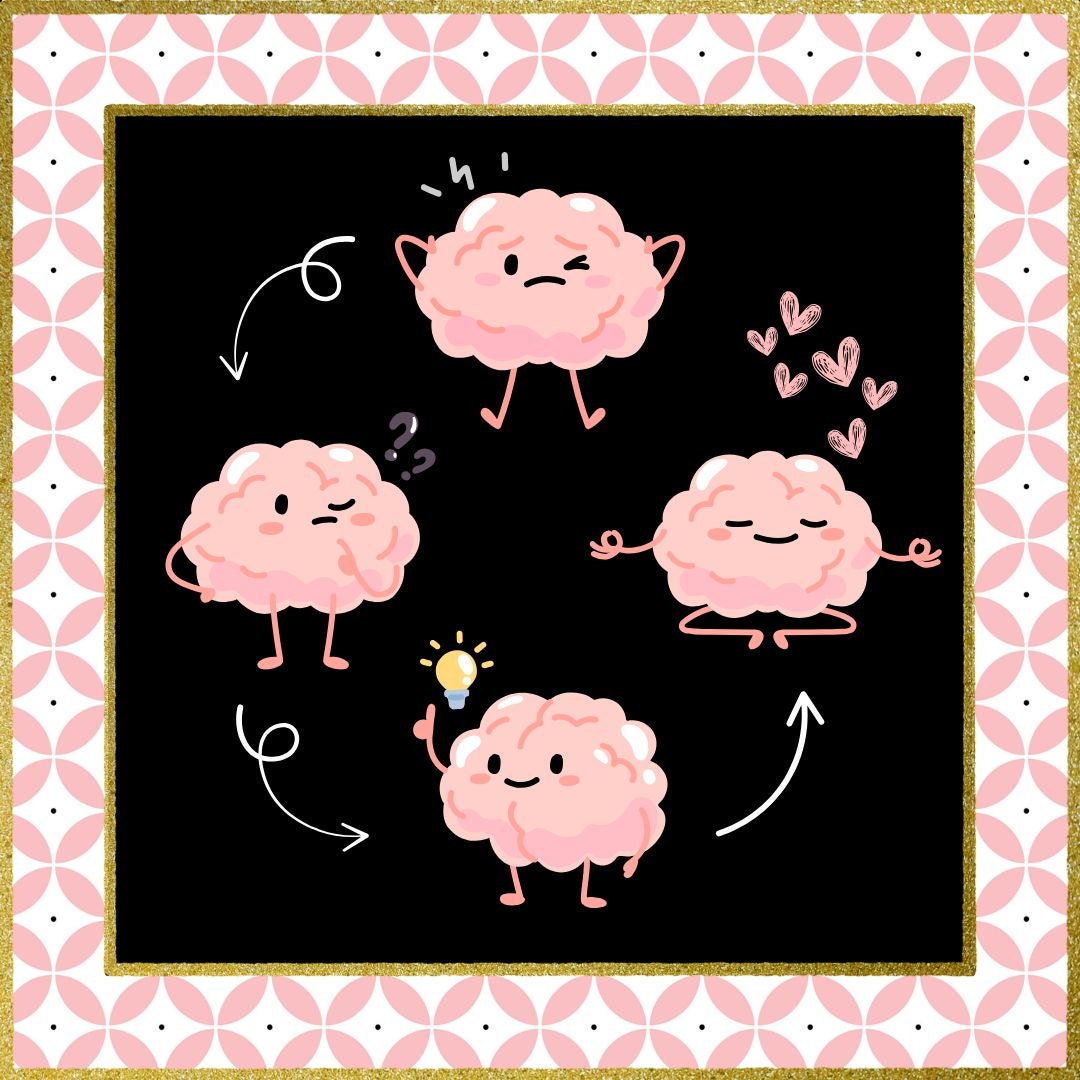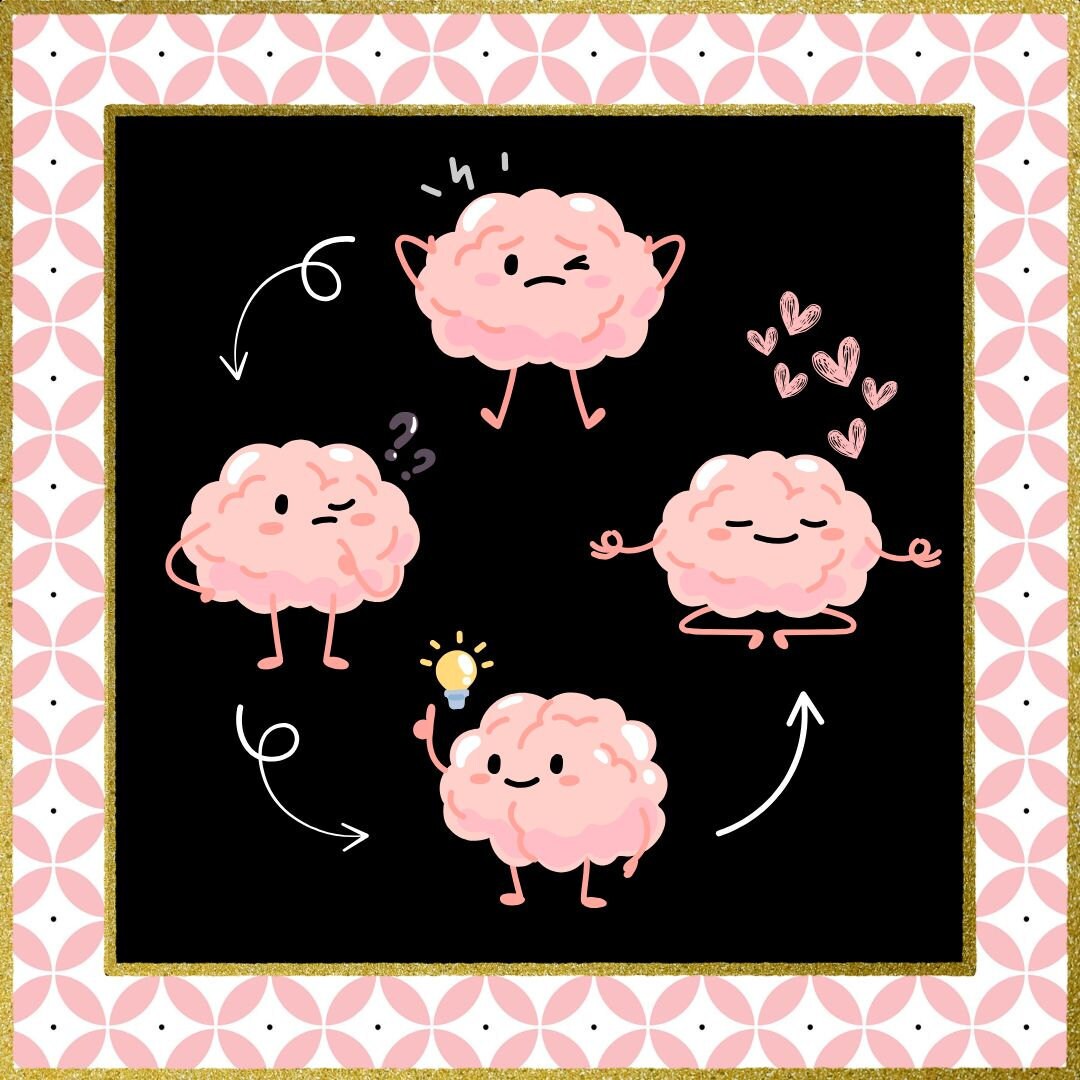
Mindfulness and Creative Work-Life Balance: A Path to Sustainable Success
In the fast-paced world of creative entrepreneurship, the pursuit of passion can sometimes lead to exhaustion. The drive to create, innovate, and succeed can come at a cost—burnout, stress, and creative blocks that disrupt both work and personal life. However, mindfulness offers a powerful solution, providing balance, resilience, and sustainable success. By integrating neuroscience, psychology, and coaching insights, we can explore how mindfulness supports creative individuals in achieving a harmonious work-life balance.
Understanding Burnout and Creative Blocks
Burnout, as defined by the World Health Organization, is a syndrome resulting from chronic workplace stress that has not been successfully managed (WHO, 2019). Symptoms include emotional exhaustion, detachment, and reduced professional efficacy (Maslach & Leiter, 2016). For creative entrepreneurs, burnout often manifests as a loss of inspiration, overwhelming fatigue, and a feeling of disconnection from one’s artistic or business vision.
Creative blocks, closely tied to burnout, can stem from prolonged stress and mental overload. Neuroscientific research suggests that chronic stress weakens the prefrontal cortex—the part of the brain responsible for problem-solving and creativity—while strengthening the amygdala, which governs fear and anxiety (Arnsten, 2009). This imbalance can lead to cycles of self-doubt, perfectionism, and procrastination.
The Role of Mindfulness in Reducing Stress and Enhancing Creativity
Mindfulness, the practice of maintaining a non-judgmental awareness of the present moment, has been scientifically proven to reduce stress, enhance emotional regulation, and support cognitive flexibility (Kabat-Zinn, 1990). Mindfulness meditation strengthens the prefrontal cortex and decreases activity in the default mode network (DMN), which is responsible for mind-wandering and overthinking (Brewer et al., 2011).
For creatives, mindfulness cultivates the ability to:
• Observe thoughts without becoming overwhelmed by self-criticism.
• Increase focus and presence in the creative process.
• Reduce anxiety about external validation or business pressures.
• Develop a sense of self-compassion, fostering resilience in the face of challenges.
Practical Mindfulness Techniques for Creatives
Incorporating mindfulness into daily life does not require hours of meditation. Simple, intentional practices can create profound shifts in mental clarity and emotional well-being.
1. Breath Awareness and Grounding Techniques
Breathing exercises activate the parasympathetic nervous system, calming stress responses. The 4-7-8 breathing technique (inhale for four seconds, hold for seven, exhale for eight) has been shown to reduce cortisol levels and promote relaxation (Brown & Gerbarg, 2005).
2. Mindful Movement: Walking or Body-Based Practices
Gentle movement, such as yoga or mindful walking, engages the body while quieting mental noise. Research indicates that movement-based mindfulness improves creative problem-solving and reduces ruminative thinking (Colzato et al., 2013).
3. Journaling for Reflection and Insight
Journaling fosters self-awareness and emotional processing. Techniques such as free writing or gratitude journaling enhance cognitive flexibility and resilience (Klein & Boals, 2001).
4. Digital Detox and Intentional Work Breaks
The constant influx of digital notifications can fragment focus and contribute to mental fatigue. Adopting the Pomodoro Technique (25 minutes of work, followed by a 5-minute break) has been shown to improve productivity while maintaining mental clarity (Cirillo, 2018).
Self-Love and Value-Based Business: Thriving Beyond Productivity
Many creatives equate their worth with their output, leading to cycles of overwork and self-neglect. However, integrating self-love into business practices allows for sustainable success.
Shifting from a Hustle Mindset to a Sustainable Growth Mindset
The “hustle culture” glorifies constant work, often at the expense of well-being. Research on self-determination theory suggests that intrinsic motivation—driven by passion and purpose rather than external pressure—leads to greater long-term success and fulfillment (Deci & Ryan, 2000).
Creating Boundaries and Honoring Rest
Setting clear work boundaries prevents burnout. Practices such as “closing work tabs” at a set time each day or designating “creative play” time without business expectations can protect mental health.
Aligning Business with Core Values
Operating a values-driven business fosters authenticity and fulfillment. Whether prioritizing sustainability, ethical design, or community impact, aligning decisions with deeply held beliefs ensures long-term satisfaction and integrity.
What Mindfulness Practices Work for You?
Mindfulness is not a one-size-fits-all solution, but a customizable approach to finding balance.
What strategies have helped you navigate stress and creative blocks? How do you integrate mindfulness into your work as a creative entrepreneur?
Share your experiences in the comments!
Works Cited
• Arnsten, A. F. (2009). “Stress signalling pathways that impair prefrontal cortex structure and function.” Nature Reviews Neuroscience, 10(6), 410-422.
• Brewer, J. A., Worhunsky, P. D., Gray, J. R., Tang, Y. Y., Weber, J., & Kober, H. (2011). “Meditation experience is associated with differences in default mode network activity and connectivity.” Proceedings of the National Academy of Sciences, 108(50), 20254-20259.
• Brown, R. P., & Gerbarg, P. L. (2005). “Sudarshan Kriya yogic breathing in the treatment of stress, anxiety, and depression: Part I—neurophysiologic model.” Journal of Alternative and Complementary Medicine, 11(1), 189-201.
• Cirillo, F. (2018). The Pomodoro Technique: The Acclaimed Time-Management System That Has Transformed How We Work. Currency.
• Colzato, L. S., Szapora, A., Lippelt, D. P., & Hommel, B. (2013). “Meditate to create: The impact of focused-attention and open-monitoring training on convergent and divergent thinking.” Frontiers in Psychology, 4, 1023.
• Deci, E. L., & Ryan, R. M. (2000). “The ‘what’ and ‘why’ of goal pursuits: Human needs and the self-determination of behavior.” Psychological Inquiry, 11(4), 227-268.
• Kabat-Zinn, J. (1990). Full Catastrophe Living: Using the Wisdom of Your Body and Mind to Face Stress, Pain, and Illness. Delacorte Press.
• Klein, K., & Boals, A. (2001). “Expressive writing can increase working memory capacity.” Journal of Experimental Psychology: General, 130(3), 520-533.
• Maslach, C., & Leiter, M. P. (2016). Burnout: The Cost of Caring. Malor Books.
• World Health Organization (WHO). (2019). “Burn-out an ‘occupational phenomenon’: International Classification of Diseases.” Retrieved from https://www.who.int.
